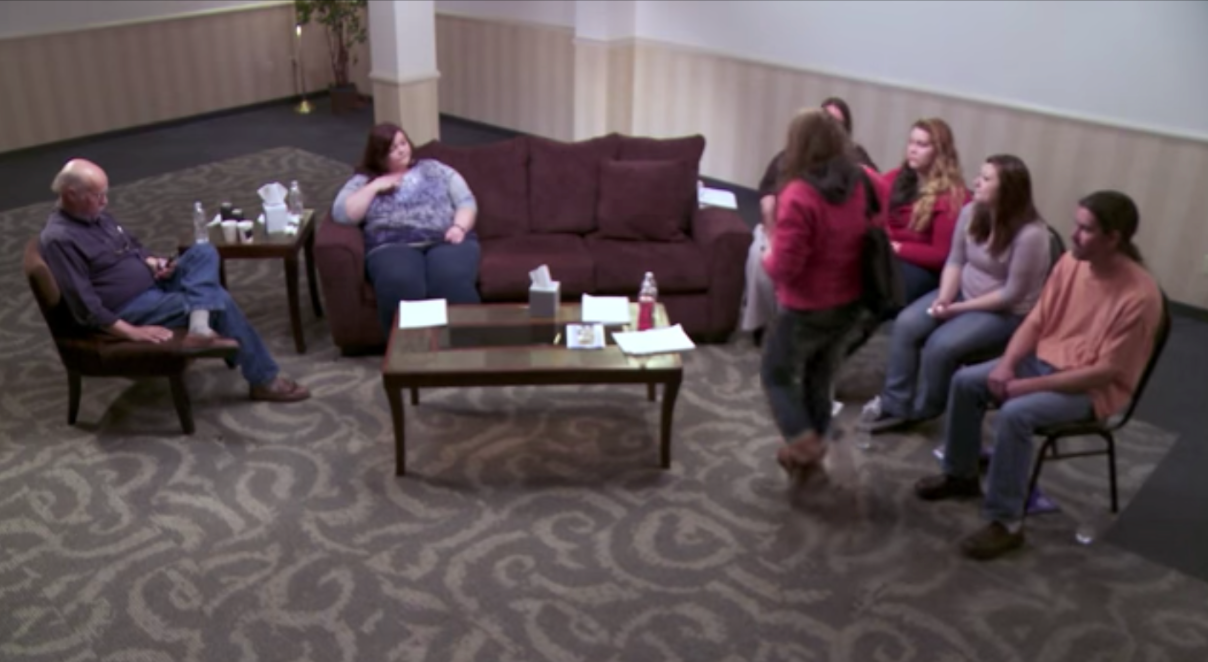How to Stage an Intervention

By:
Nobody wants to sit idly by as a loved one battles addiction. But if you feel the problem demands an intervention — a coordinated effort to get that person into treatment — professional guidance is an important part of the process.
 BigStock/takdalee - bigstockphoto.com
BigStock/takdalee - bigstockphoto.com
ATTN: spoke to Ken Seeley, an intervention specialist with more than 17 years of experience in the field, about how to effectively stage an intervention.
Seeley said the key signs that a person needs an intervention would be "when there are behaviors that change — attitude, attendance, anything that you start noticing that's different within your loved one." If these or other signs of an addiction problem are evident, ask the individual to voluntarily submit to a medical evaluation; and if they refuse, that's when it's time to arrange an intervention, he said.
 YouTube - youtube.com
YouTube - youtube.com
The next step is to compile a list of family members and friends closest to the person suffering from addiction who will attend the actual intervention session. Seeley advises families to choose the people "who would be the first three rows of the funeral if they were to die from this."
The objective of an intervention is to get a person suffering with addiction into long-term treatment, and there are three important points to drill down during the session:
- Establish the concept that addiction is a disease, and emphasize that it is not the addict's fault.
- Focus on the positives. Remind them about things that used to excite them. Talk about the success rate of long-term treatment options to show that there's a path to recovery ahead.
- Set firm boundaries and list the consequences of failing to follow through in treatment.
Failing to establish consequences can enable addicts to fall back on old habits after they leave a treatment facility. People with addiction tend to exhibit manipulative behavior — lying and stealing to avoid consequences and get their fix.
"If you do not hold your firm boundaries in place — even when they get out of treatment and they look better, smell better, and sound better — you cannot fall into their manipulation because it's normal for them to go back into their manipulation because that's how they survived all these years using," Seeley said. "You have to stay really strong with these consequences."
 Wikimedia - wikimedia.org
Wikimedia - wikimedia.org
I asked if there was a way to tell if an intervention was going to be successful — if there were any signs that the message had really gotten through to the individual. Seeley said that the best sign a family could get from their loved one during an intervention is tears.
"When you see them break and cry during the intervention process, that's a sign of some form of surrender," he said. "They're exhausted, they can't fight the fight anymore."
"Now that the whole family pointed out this is how their addiction is affecting them, and if they choose not to go to treatment, these are the consequences, it's like their game is up. There is no other game. They tried every other avenue, and at this one point they give up. That's when they normally start crying. That's something that you really want to see when you're doing this process."
Intervention is often the first step on the road to recovery, and that's why it's so critical to approach the process carefully and responsibly.
